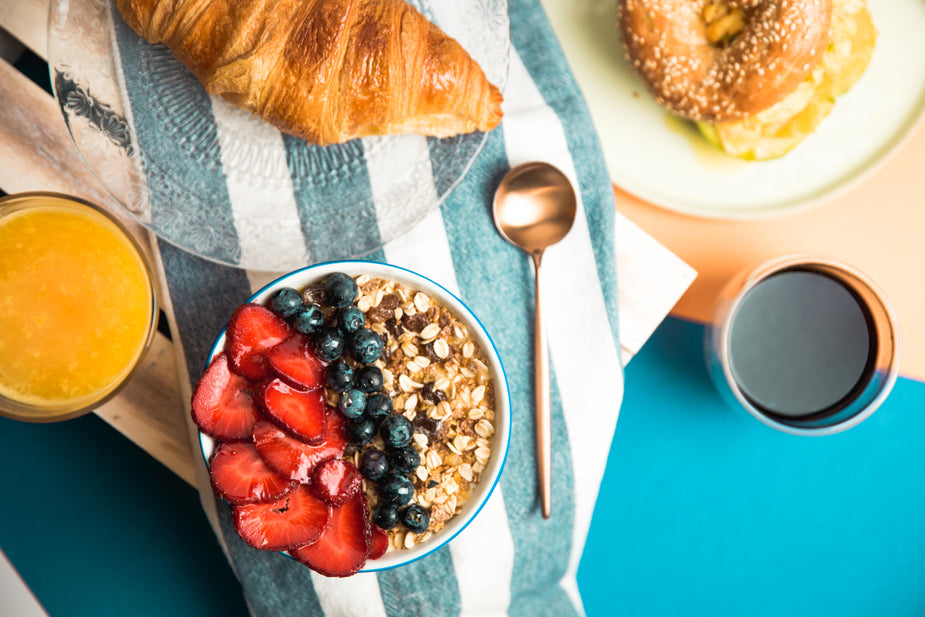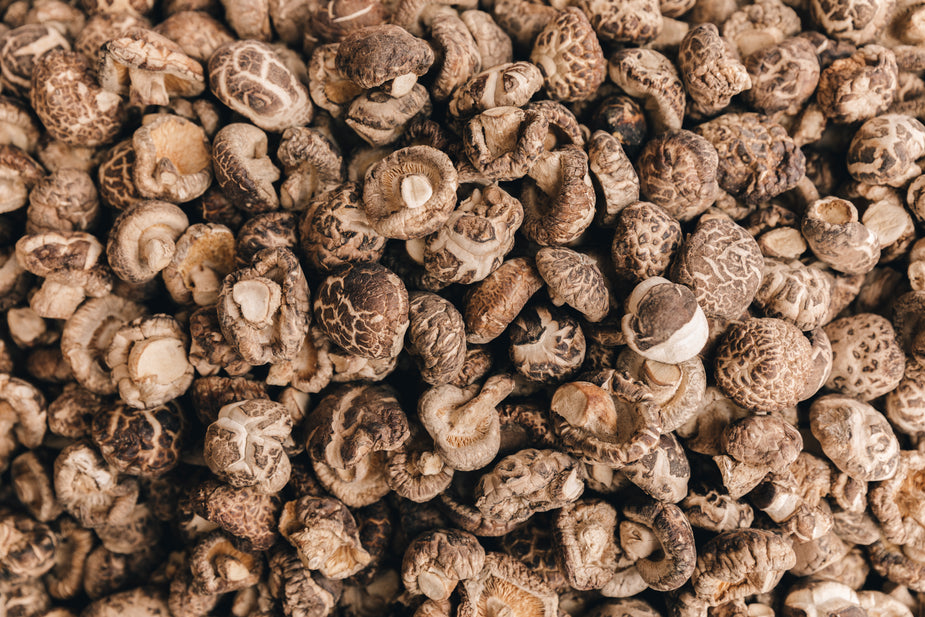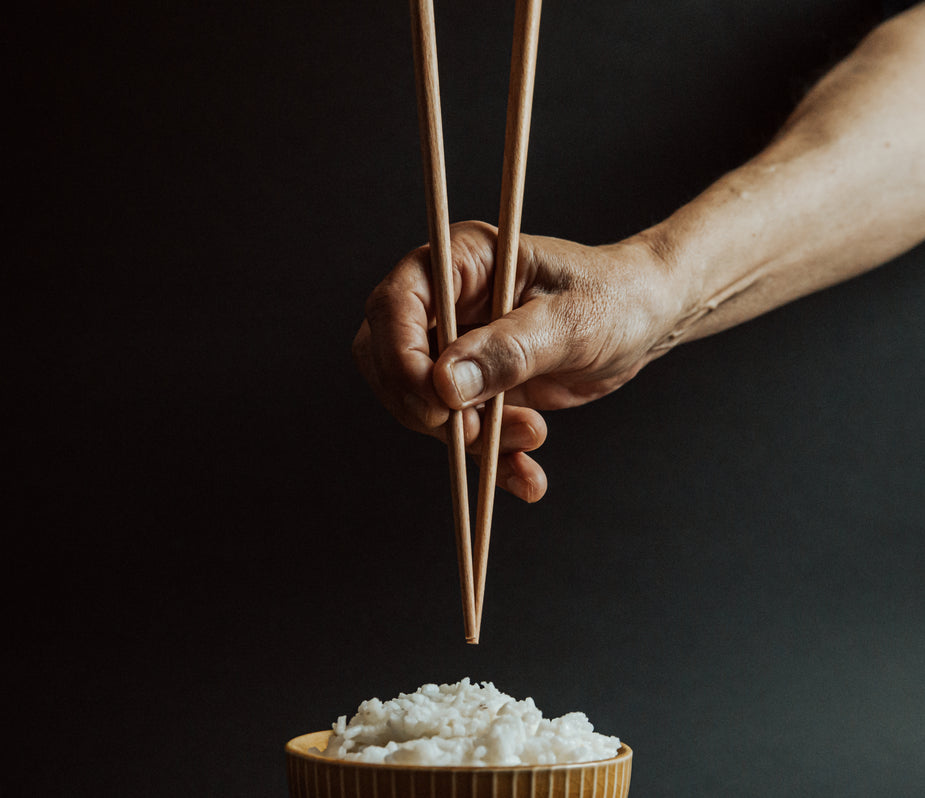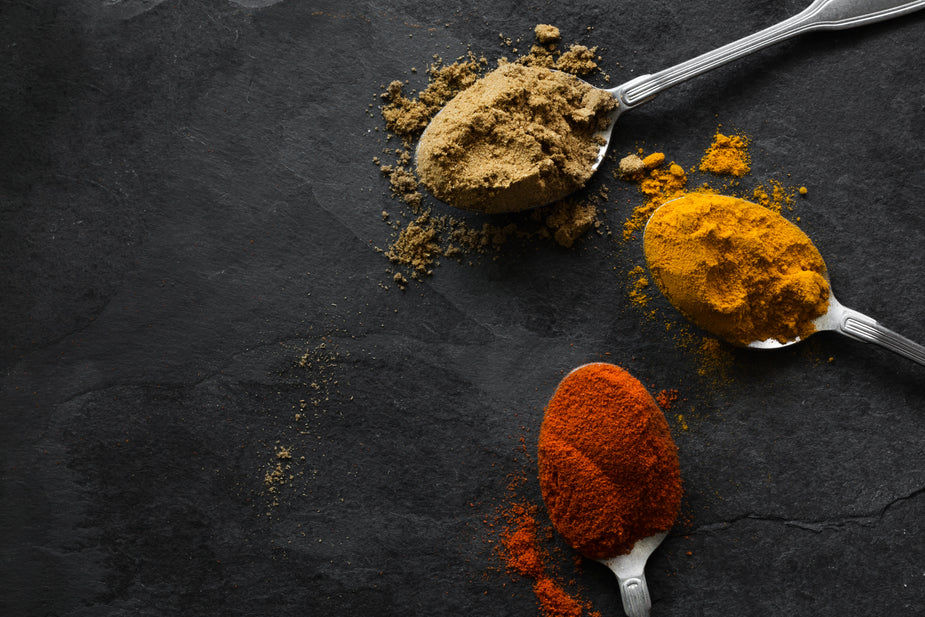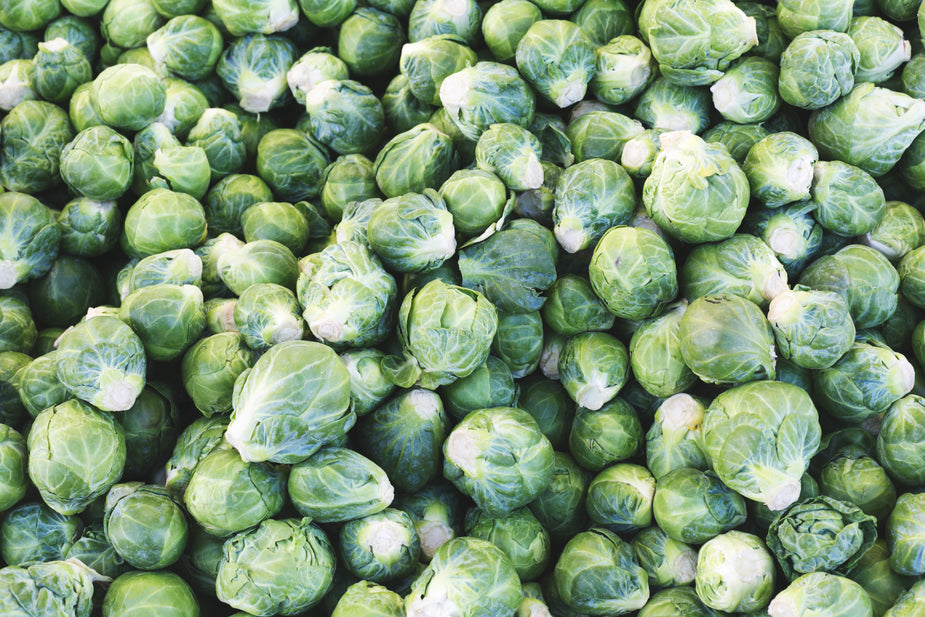Part of my new love affair with Napa Cabbage is learning about 5 Spice Powder. I had not heard of it till I Googled “napa cabbage recipes,” but since I had on hand acceptable ingredients for making it, I did, using this 5 Spice Powder recipe. I didn’t measure exactly, substituted ordinary peppercorns which I did not roast, used regular anise seeds, powdered cinnamon, and pulverized my seeds in a marble mortar with a pestle. But I love it anyway! Imagine how tasty it could be if one used the correct ingredients! My pal Richard said it’s important to use a seed grinder or a coffee mill dedicated to spices (he uses the coffee mill, and never buys preground spices). That encourages me to try again. I have bought more whole spices since getting a mortar and pestle for Christmas last year. Even spices already in small pieces, like crushed red pepper flakes, perk up when pulverized just before adding to a dish (sometimes I add the salt the recipe calls for to whatever I’m crushing in the mortar, especially if the spice is a very small amount). You can buy 5 Spice Powder commercially prepared, but Richard says the flavors of making it from whole ingredients are worth buying the ingredients and making it fresh yourself. One note on the recipe I linked to above that I disagree with is “use sparingly.” I added enough to my stir fry to smell good, but had to sprinkle on a little more as I ate in order to enjoy flavor-fullness. However, the author makes a good point about hitting all the taste buds: “sweet, sour, bitter, pungent, and salty.” I don’t see anything in the 5 spice powder recipe that strikes me as sour, but if you put a little vinegar on your stir fry, I suppose that would do it. For decades I’ve tried to hit “sweet, sour, salt, bitter” in a well-balanced meal. Touching these four (or five) taste points makes a meal more satisfying. That’s one reason I love Indian food so. It’s all there! If five spice powder is new to you, try it. If you know more about it than I do (which probably everyone in the world does), I’d like to hear from you n that, too!

